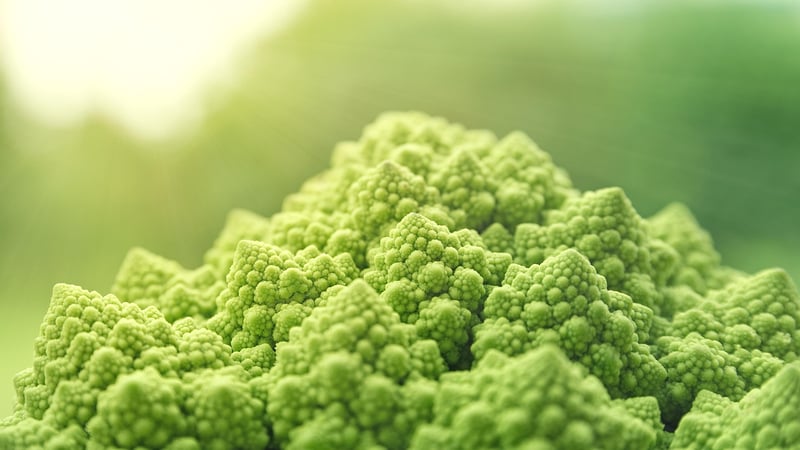Futuristic Food
The Evolution of Culinary Delights: From Ancient Times to Futuristic Food
Ancient Gastronomy
Throughout history, food has been an essential part of human culture. Ancient civilizations such as the Egyptians, Greeks, and Romans developed sophisticated culinary techniques and indulged in lavish feasts. Ingredients were sourced locally, and recipes were passed down through generations.
Ancient Egyptian Cuisine
Ancient Egyptians utilized ingredients like grains, vegetables, and fruits in their cuisine. Bread and beer were dietary staples, and honey was used as a sweetener. The Nile River provided an abundance of fish, further enriching their culinary offerings.
Greek and Roman Feasts
The Greeks and Romans were known for their extravagant feasts, where food was not just sustenance but a form of entertainment. Olive oil, wine, grains, and exotic spices were commonly used in their dishes. These ancient civilizations laid the foundation for Mediterranean cuisine.
The Modern Culinary Renaissance
Fast forward to the modern era, and culinary arts have evolved into a global phenomenon. Chefs experiment with fusion cuisine, molecular gastronomy, and avant-garde techniques to push the boundaries of flavor and presentation. Food has become a form of art that tantalizes all the senses.
Fusion Cuisine
Fusion cuisine blends elements from different culinary traditions to create innovative dishes. It combines flavors, ingredients, and techniques from diverse cultures, resulting in a harmonious fusion of tastes. Examples include sushi burritos, kimchi quesadillas, and curry pizza.
Molecular Gastronomy
Molecular gastronomy is a scientific approach to cooking that explores the physical and chemical transformations of ingredients. Chefs use techniques like spherification, foams, and liquid nitrogen to create visually stunning and texturally unique dishes. This avant-garde style of cooking has gained popularity in top restaurants worldwide.
The Future of Food: A Glimpse into Culinary Innovation
As we look towards the future, technology is poised to revolutionize the way we grow, prepare, and consume food. From lab-grown meat to 3D-printed meals, the possibilities are endless. The intersection of food and technology promises to address sustainability, nutrition, and food security challenges.
Lab-Grown Meat
Lab-grown meat, also known as cultured meat, is produced by culturing animal cells in a lab setting. This sustainable alternative to traditional meat production has the potential to reduce environmental impact and animal suffering. Companies are working on scaling up production to make lab-grown meat accessible to consumers worldwide.
3D-Printed Food
3D food printing technology allows chefs to create intricate and customized dishes layer by layer. Ingredients are loaded into a printer, which then constructs the final dish based on a digital design. This innovative approach to food preparation opens up new possibilities for creativity and personalization in the culinary world.
From ancient traditions to modern innovations, the culinary landscape continues to evolve, offering a rich tapestry of flavors, techniques, and experiences. As we embrace the past and look towards the future, one thing remains constant—food will always be a source of joy, creativity, and connection.



